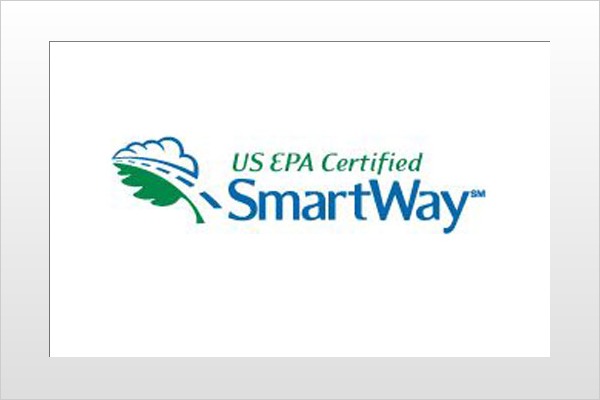
How does the green-minded car buyer choose a vehicle?
Recent alarm about global warming and greenhouse gases has caused many consumers to ask themselves this question. But conveying the overall emissions performance of a given car clearly and simply has proven difficult and confusing — until now.
Only a government entity could come up with weapons-grade acronyms like those used to classify vehicle emissions: ZEV, PZEV, SULEV II, LEV II. Which is better: A Partial Zero Emissions Vehicle (PZEV) or a Super Ultra Low Emissions Vehicle II (SULEV II)? Partial zero? Super ultra low? Huh?
Clearly a better way to convey the green-factor of a given automobile was needed — a smarter way. Hey. That's a good name for the program: SmartWay.
Enter SmartWay The Environmental Protection Agency (EPA) developed the Green Vehicle Guide as a handy way to illustrate where vehicles fit on the eco-friendly scale. If a car meets certain guidelines it receives the SmartWay label. The greenest of the green are dubbed SmartWay Elite vehicles.
To qualify vehicles for SmartWay status, the EPA looks at two criteria: traditional tailpipe pollutants and the amount of carbon dioxide (CO2) produced per mile. Of course fuel economy is figured in, too, as we shall soon see. The results are scored on a 1-to-10 scale, with "10" signifying no emissions and "5" denoting average performance.
Figuring the pollutants is easy for the EPA, as every car sold is certified by its manufacturer into a given EPA emissions class (as represented by the partial list of acronyms mentioned above). To figure CO2, which has not historically been defined as a pollutant, the EPA looks at two factors: combined city and highway fuel economy and the type of fuel in use. This works because, when burned, a given amount of a particular fuel will produce a predictable amount of CO2.
Vehicles earn a SmartWay designation when both the tailpipe pollutant score and CO2 score are 6 or greater and the combined total is at least 13. Or to say it another way, a car needs to earn at least one 6 and one 7 to qualify. The SmartWay Elite label goes to those few cars that score 9 or higher in both categories. So far, certain hybrids and CNG vehicles are the only ones able to meet the elite criteria. But the program is "technology neutral," leaving the door open for new methods to rise to the challenge.
Regional Variations As automakers begin to understand and embrace the program, you'll begin to hear a lot about it in ads and promotions by those manufacturers whose cars have earned SmartWay status. This will be especially true if you live in California or one of the other four states that utilize California Air Resources Board (CARB) tailpipe emissions standards: Massachusetts, Maine, New York and Vermont.
Why these five states? Simply put, CARB's tougher emissions standards mean cars that are California-compliant are more apt to qualify for SmartWay.
But even if you live in one of the other 45 federal-emissions states, you'll still have SmartWay choices. There are several "45-state" cars that qualify outright. And many manufacturers don't actually produce two different emissions systems for the same vehicle; instead, they sell the California emissions setup in all 50 states. Finally, federal law says that if you live in a state bordering the five that dictate CARB emissions standards (Arizona, Connecticut, New Hampshire, New Jersey, Nevada, Oregon, Pennsylvania and Rhode Island), your local dealer is allowed to sell you a CARB-spec car.
In order to find out which cars have earned SmartWay and SmartWay Elite recognition, go to www.epa.gov/greenvehicles. Here you'll find a series of links that explain the ratings and a link you can click to look up a specific vehicle, view a specific class of vehicles or see the entire 2007 fleet.
As this is written, several automaker marketing departments we spoke with were barely aware of the emerging SmartWay program. But we expect them to catch on soon. A refresh of the EPA's Green Vehicle Guide Web site is due to roll out shortly and the PR campaign will be ramped up. An important extra push came recently when a U.S. Supreme Court ruling gave the EPA the power to regulate CO2 as a pollutant.
But the SmartWay program focuses solely on the end-user experience after both fuel and vehicle have been delivered to market. The ecological merits or pitfalls of capturing and refining a particular fuel or building a certain type of automobile technology are not addressed. These complex topics are harder to grasp and their waters muddied by competing alternative-fuel lobbying efforts and PR campaigns. A widely acceptable rating metric for the "before-market" aspect of the green story has yet to emerge.
Expect the buzz about SmartWay to grow quickly in the near future. And stay ahead of the wave by visiting the EPA's Green Vehicle Guide the next time you are shopping for a new car.